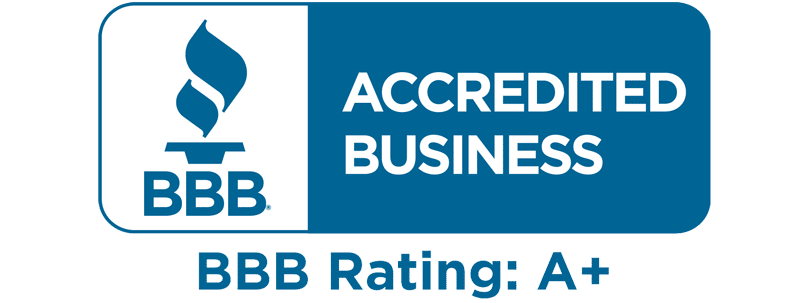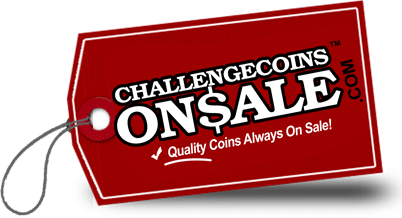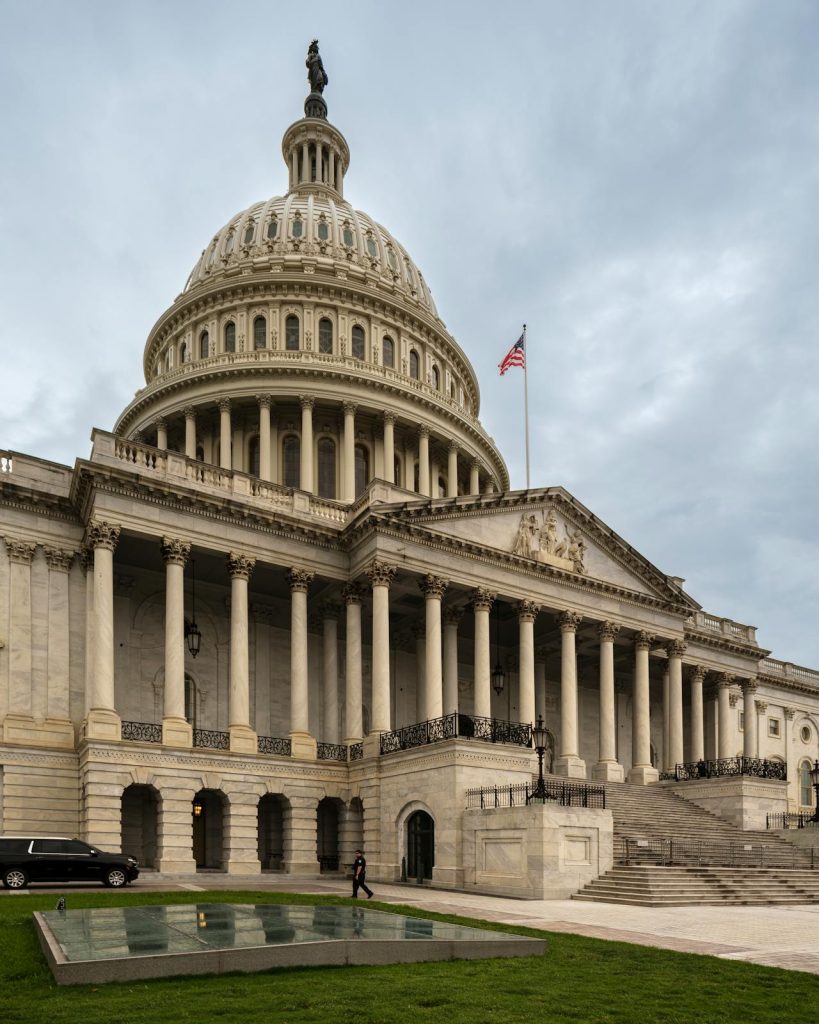Challenge coins, small medallions or tokens bearing an organization’s insignia or emblem, have a long-standing history of fostering unity and recognizing achievements. While traditionally associated with military and first responder units, challenge coins have increasingly found their place within government organizations. These custom tokens play a significant role in enhancing morale, recognizing dedication, and building a sense of community among government employees. This article explores how challenge coins can effectively enhance government employee morale, detailing their significance, customization, and impact on workplace culture.
Historical Background of Challenge Coins
Origins in the Military
The tradition of challenge coins dates back to ancient times, where Roman soldiers received coins to recognize their achievements. However, the modern iteration of challenge coins began during World War I. An American pilot, captured by the enemy, used a coin given to him by his unit to prove his identity and avoid execution, thus cementing the coin’s association with identity and camaraderie.
Challenge coins continued to gain prominence during World War II, where they were used to build esprit de corps among soldiers. The practice of carrying a coin became a way to prove membership and loyalty within the unit, often tested through informal “challenges” in social settings.
Adoption by Government Agencies
The transition of challenge coins into government agencies was a natural evolution. These tokens began to symbolize recognition and achievement across various government sectors. From federal agencies to local municipalities, challenge coins have been adopted to honor the dedication and hard work of government employees. By adopting this tradition, government organizations embraced a powerful tool to recognize individual achievements and foster a sense of unity and pride among employees.
The Symbolism of Challenge Coins
Representation of Values and Missions
Each challenge coin is meticulously designed to reflect the values and mission of its respective organization. For government agencies, coins may feature symbols of public service, integrity, and commitment to community.
The symbols and inscriptions on challenge coins are carefully selected to represent the core ideals and operational ethos of the agency. For example, a federal agency might include the agency’s seal, a significant motto, or imagery that represents its mission. A local government might incorporate elements that symbolize community service and local landmarks.
Significance in Government Agencies
In government agencies, challenge coins serve as a constant reminder of the commitment employees have to public service. They symbolize the dedication required to serve the community and uphold the values of the agency.
For government employees, carrying a challenge coin is a mark of honor. It signifies their membership in a dedicated community committed to serving the public. The coin is a tangible representation of their commitment to their roles and the principles they uphold.
Impact on Morale and Team Spirit
Boosting Morale Among Government Employees
Government employees often face challenging and stressful situations in their line of work. Challenge coins can significantly boost morale by serving as a form of recognition and appreciation. Receiving a challenge coin can reaffirm an employee’s commitment to their duty and strengthen their resolve.
The morale-boosting effect of challenge coins is evident in various government agencies. Employees who receive these coins often speak of the pride and motivation they feel. The coins are not just tokens; they are symbols of the trust and respect of their peers and superiors.
Enhancing Camaraderie Among Government Employees
Government employees work in environments where collaboration and teamwork are crucial. Challenge coins foster a sense of camaraderie by celebrating the collective achievements of the team. They are tokens of mutual respect and recognition, reinforcing the bonds between team members.
The shared experience of earning a challenge coin creates a strong sense of unity among employees. Whether it’s after a successful project completion or a significant event, the presentation of a challenge coin is a moment of collective pride. It reinforces the idea that every member of the team plays a vital role in their shared success.
Personal Stories and Testimonials
Numerous stories highlight the positive impact of challenge coins on government employees. For instance, an employee at a federal agency recounted how receiving a challenge coin after a particularly challenging project made her feel valued and motivated to continue her service. Similarly, a local government worker shared how his department’s challenge coins serve as cherished reminders of the community initiatives they have undertaken and the teamwork required to achieve their goals.
These personal testimonials illustrate the profound emotional impact of challenge coins. They are not just pieces of metal; they are symbols of experiences, relationships, and shared victories. The stories of employees who proudly display their challenge coins are a testament to the deep sense of pride and belonging these tokens inspire.
Customization and Design of Challenge Coins
Elements of Challenge Coin Design
Challenge coins typically feature the organization’s emblem or logo, mottos, dates, and other significant symbols. The choice of materials, colors, and finishes adds to their uniqueness and value.
The design process of a challenge coin involves several key elements:
- Emblems and Logos: The most prominent feature of a challenge coin is often the emblem or logo of the organization. This symbol represents the identity of the organization and its members.
- Mottos and Inscriptions: Challenge coins frequently include mottos or slogans that encapsulate the values and mission of the organization. These inscriptions are chosen for their inspirational and motivational qualities.
- Dates and Events: Some challenge coins commemorate specific events, such as the founding of the organization, significant anniversaries, or notable achievements. Including these dates adds historical context and significance to the coin.
- Materials and Finishes: Challenge coins can be made from various materials, including brass, bronze, and silver. The choice of finish, such as polished, antique, or enamel, adds to the coin’s aesthetic appeal.
Customization Specific to Government Agencies
Customizing challenge coins allows for the incorporation of specific elements unique to the organization. For government agencies, coins may include department seals, agency names, or symbols that represent their mission and values.
Customization is a crucial aspect of the challenge coin tradition. It ensures that each coin is unique and meaningful to its recipients. For example, a federal agency might design a coin to commemorate a specific policy implementation or honor an employee’s years of service. A local government might create a coin to celebrate a community initiative or recognize outstanding service.
Distribution and Rituals
How and When Challenge Coins Are Awarded
Challenge coins are typically awarded during special ceremonies, significant events, or as recognition for exceptional performance. In government agencies, they might be given after successful project completions, during promotions, or to honor retirees. Employees might receive coins after significant achievements, exemplary service, or to commemorate anniversaries of important events.
The timing and context of presenting a challenge coin add to its significance. These presentations often occur in formal settings, such as award ceremonies, where the achievements of the recipients are publicly acknowledged. The act of receiving a challenge coin in front of one’s peers enhances its emotional impact.
Ceremonial Aspects and Traditions
The presentation of challenge coins often involves formal ceremonies where the significance of the coin and the recipient’s achievements are highlighted. These ceremonies reinforce the values and mission of the organization and strengthen the bonds among its members.
Ceremonial presentations of challenge coins can vary widely, but they typically include several key elements:
- Formal Acknowledgment: The presentation ceremony often begins with a formal acknowledgment of the recipient’s achievements. This might include a speech or citation that highlights the individual’s contributions and explains the significance of the coin.
- Presentation Ritual: The actual presentation of the coin can involve a handshake, salute, or other ritualistic gestures. This moment is often charged with emotion, as the recipient receives the coin in front of their peers.
- Group Recognition: The ceremony may also include group recognition, where all members of the team are acknowledged for their collective efforts. This reinforces the idea that every member plays a vital role in the team’s success.
Case Studies and Real-Life Examples
Federal Agency Examples
In the United States Department of Homeland Security (DHS), challenge coins are used to recognize the exceptional service of its employees. One notable instance involved DHS issuing a special coin to employees who played a crucial role in disaster response efforts. The coin features the DHS seal and the inscription “Service Before Self,” symbolizing the dedication and bravery of its workforce.
Another example is the United States Department of Agriculture (USDA), which created a challenge coin to commemorate its 150th anniversary. The coin includes the USDA emblem and the words “Committed to Excellence,” reflecting the department’s long-standing tradition of service and innovation in agriculture.
State and Local Government Examples
In Texas, the Office of the Governor created a challenge coin to recognize employees who demonstrated outstanding commitment during a major public health initiative. The coin features the Texas state seal and the words “Public Health Heroes,” honoring those who made significant contributions to the state’s health and safety.
Similarly, the City of Los Angeles designed a challenge coin to celebrate its emergency services personnel. The coin includes the city seal and images of first responders, symbolizing the city’s appreciation for the dedication and hard work of its emergency services teams.
Impact on Recipients and Their Organizations
The recipients of challenge coins often speak of the pride and motivation they feel upon receiving such an honor. These coins are more than just keepsakes; they are symbols of the trust and respect of their peers and leaders. They remind recipients of their commitment to their communities and the importance of their roles.
For example, an employee at the Environmental Protection Agency (EPA) described how receiving a challenge coin after a particularly challenging project made him feel appreciated and motivated to continue his work. A worker in the City of New York’s Department of Transportation shared how his department’s challenge coins serve as cherished reminders of the community initiatives they have undertaken and the teamwork required to achieve their goals.
Future of Challenge Coins in Government Agencies
Trends and Future Directions
As technology advances, so does the design and manufacturing of challenge coins. Modern techniques allow for more intricate designs and customization options. Digital elements, such as QR codes that link to the organization’s history or significant achievements, are becoming more common.
The future of challenge coins in government agencies is likely to see continued innovation and evolution. New materials, design techniques, and manufacturing processes will allow for even more personalized and meaningful coins. Additionally, the integration of digital elements will enhance the storytelling and historical context associated with each coin.
Innovations in Challenge Coin Design and Usage
Some organizations are exploring the use of augmented reality (AR) with their challenge coins, where scanning the coin with a smartphone reveals interactive content, such as videos or animations related to the organization’s achievements. These innovations enhance the personal value and engagement of challenge coins.
Another emerging trend is the use of challenge coins as part of a larger recognition program. For example, some agencies are developing digital platforms where recipients can log their coins, share their stories, and connect with other members of the organization. This adds a new dimension to the tradition, making it more interactive and engaging.
Conclusion
Challenge coins play a crucial role in government agencies, symbolizing honor, unity, and shared values. These small tokens carry significant weight, fostering camaraderie, boosting morale, and serving as reminders of the dedication and commitment required in public service. As the tradition of challenge coins continues to evolve, their impact on the individuals and organizations that receive them remains profound and enduring.
The tradition of challenge coins is a powerful testament to the values of service, dedication, and community that define government work. These coins are more than just tokens; they are symbols of the deep bonds and shared experiences that make these professions unique. As we look to the future, the role of challenge coins in honoring government employees and strengthening organizational culture will undoubtedly continue to grow.
If you are interested in a unique challenge coin, you can call us at 800-371-6256 or fill out a FREE quote form.








